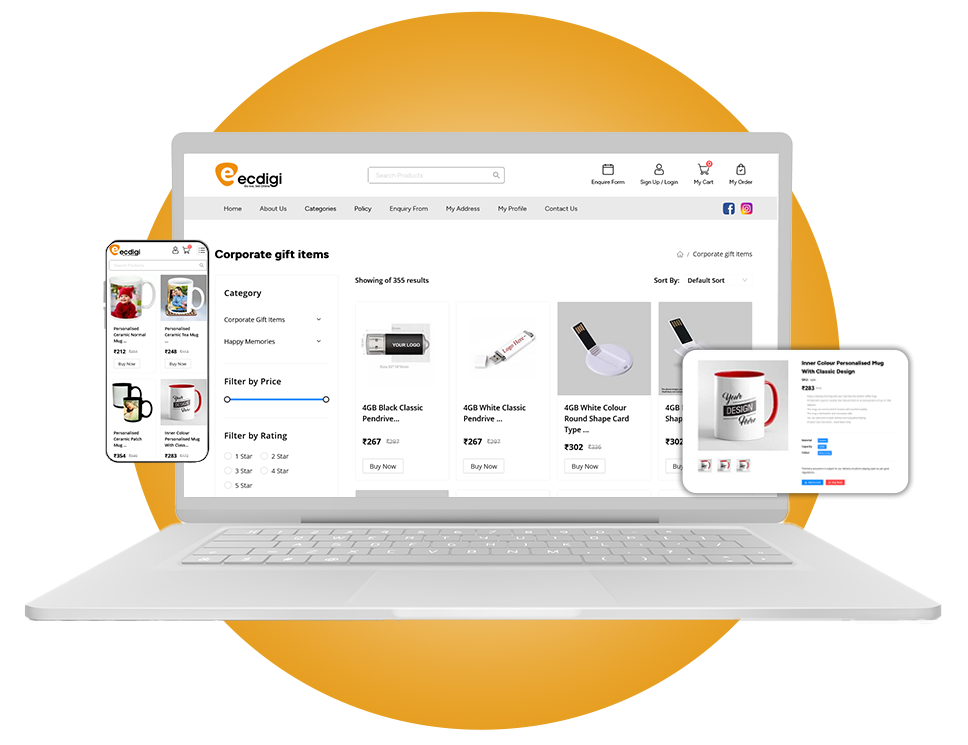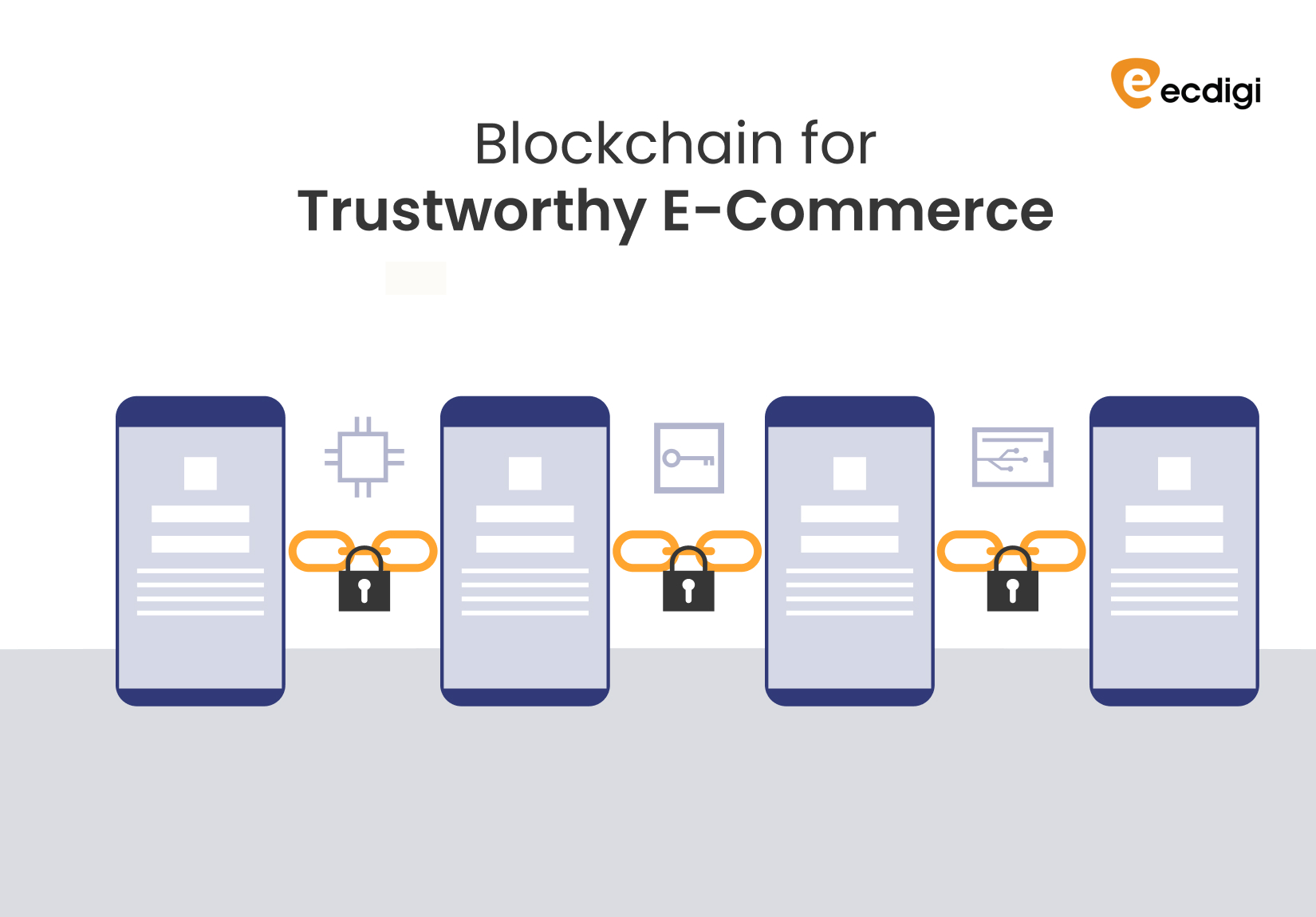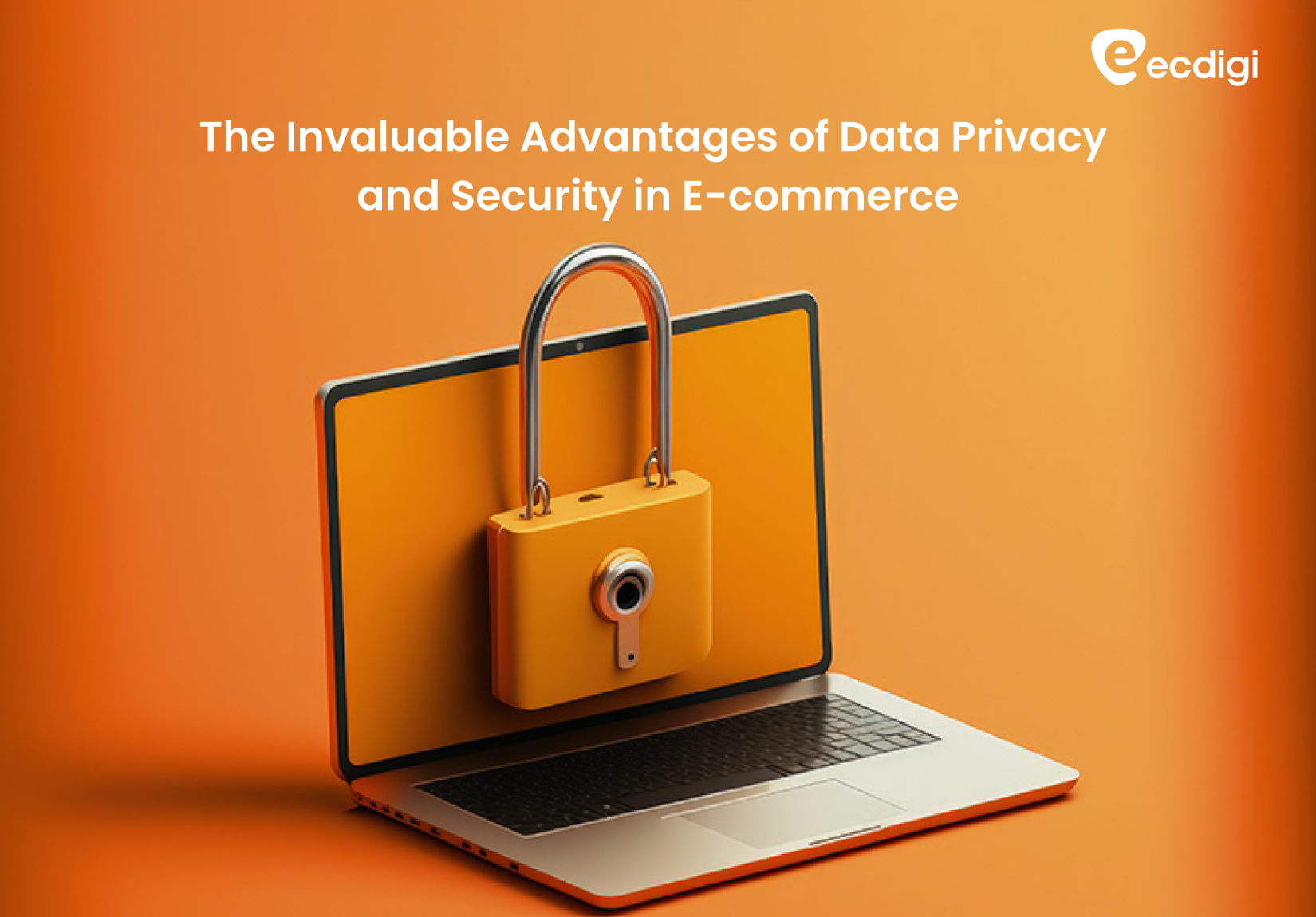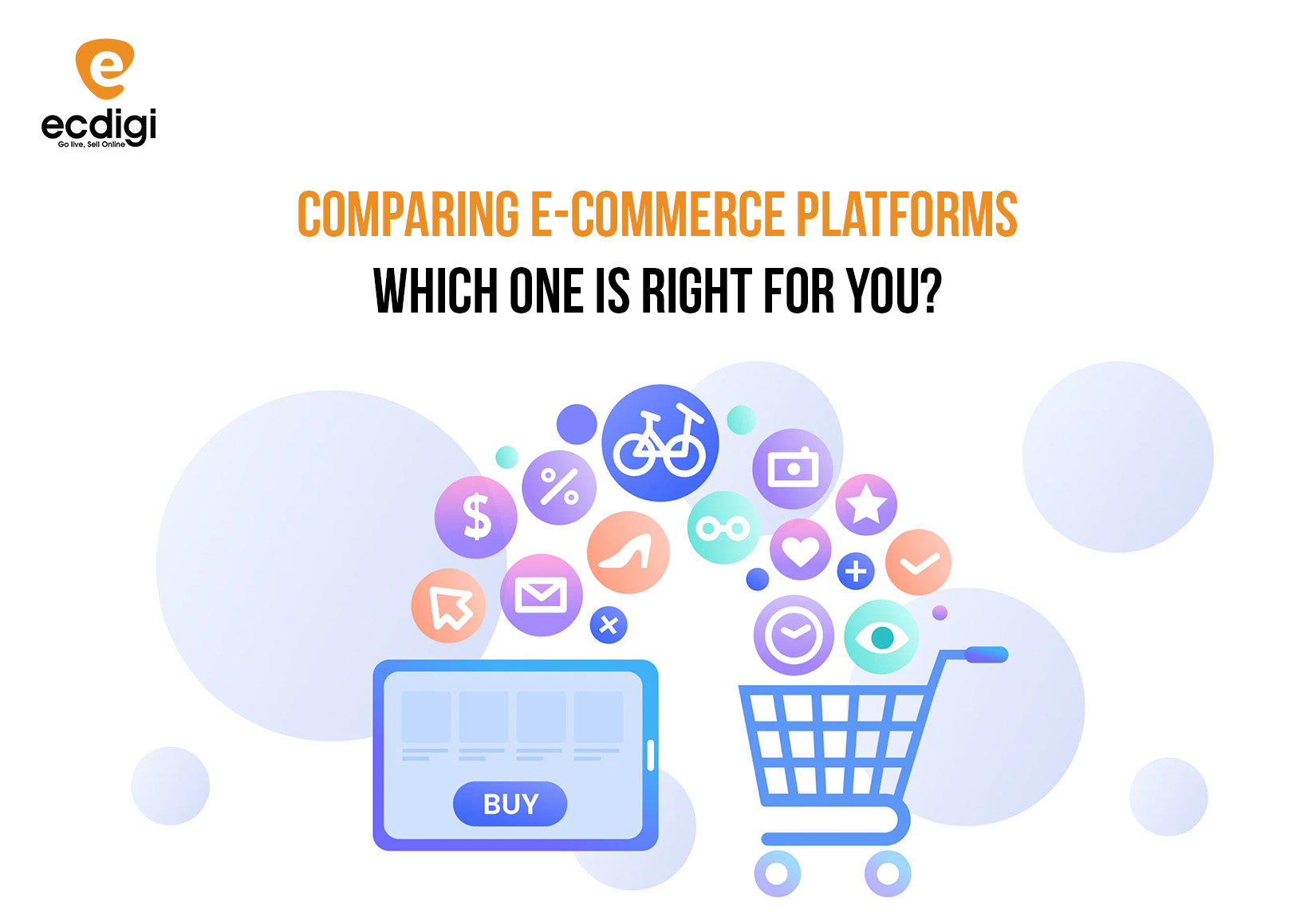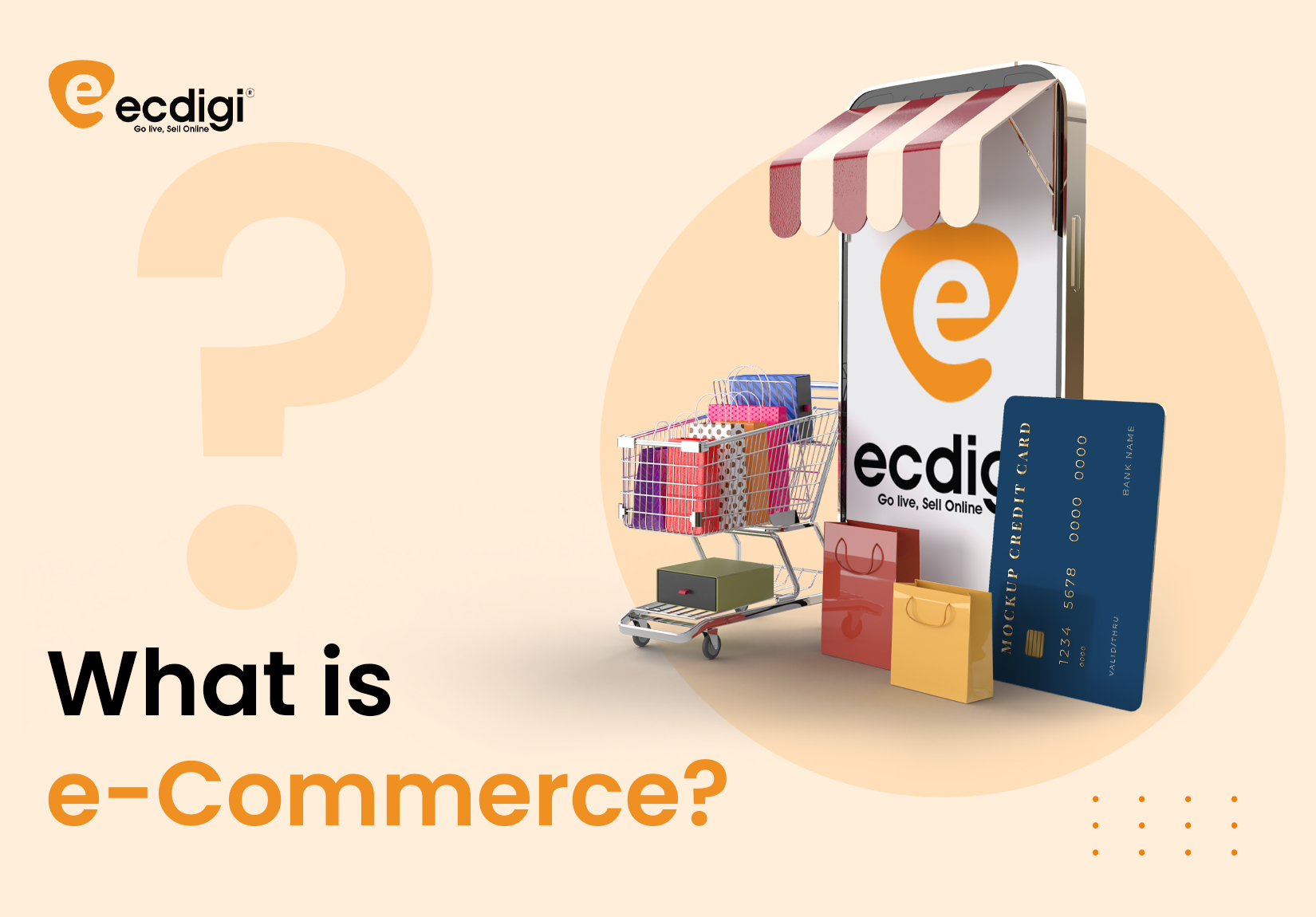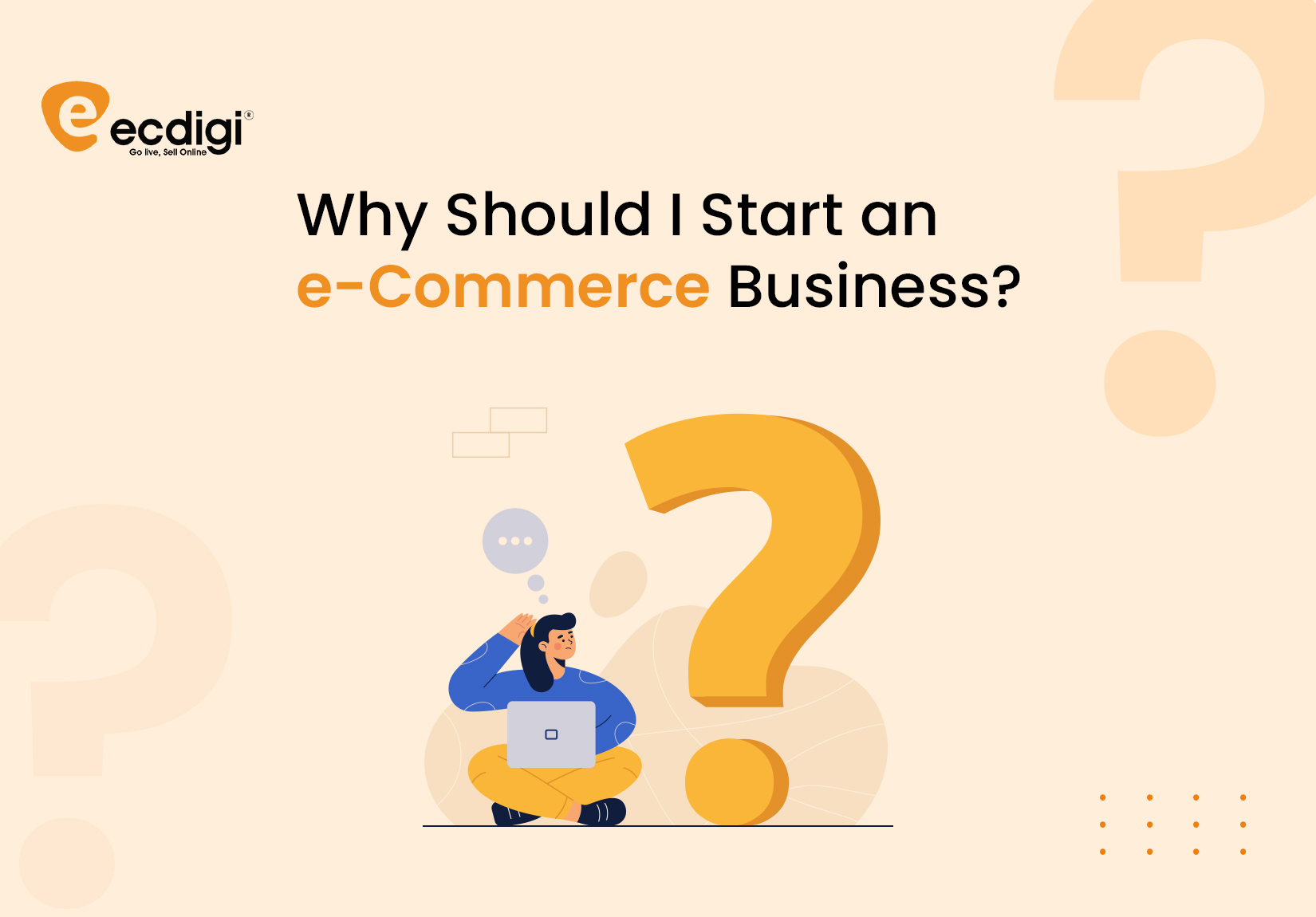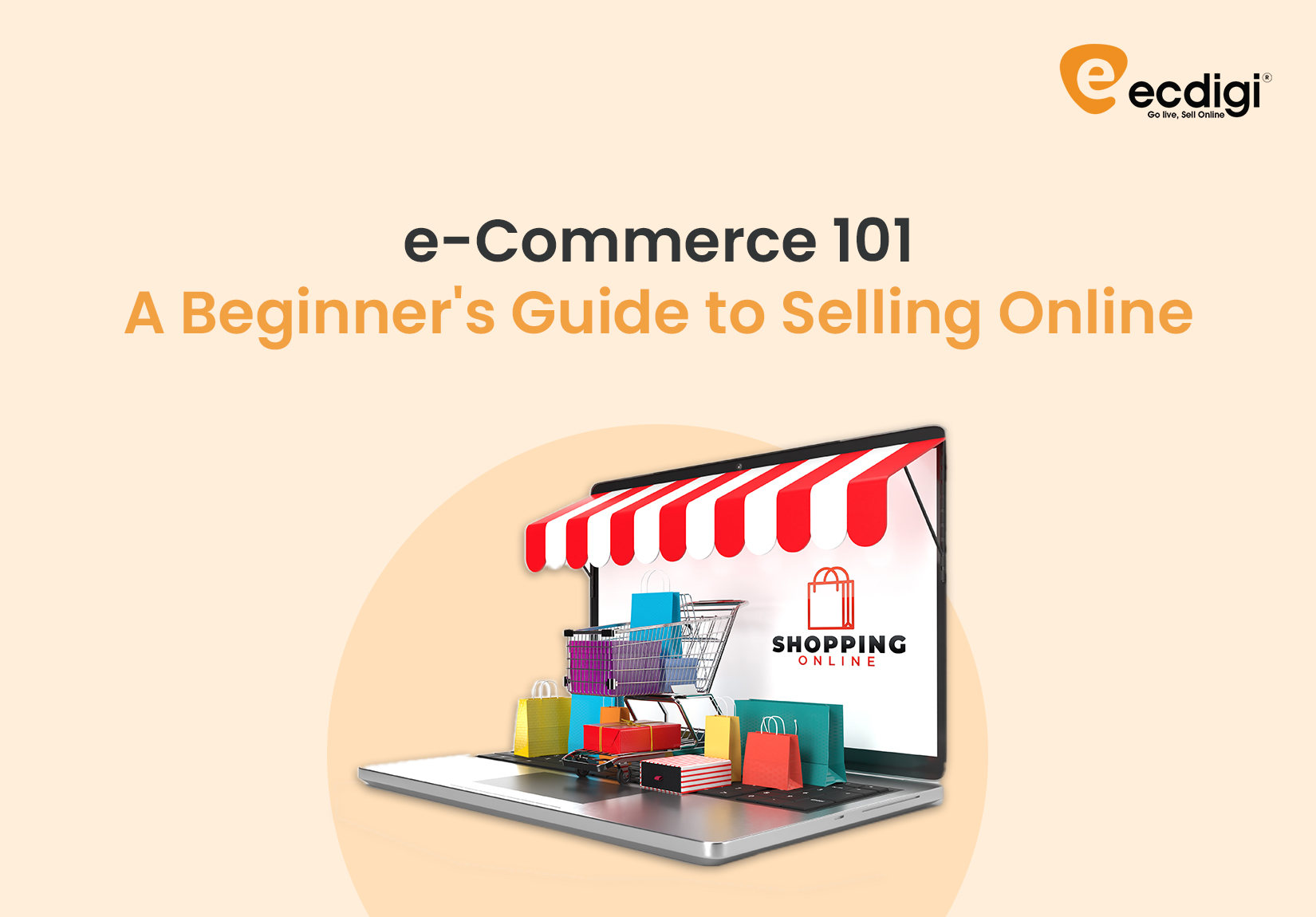How Do I Ensure Payment Security?
e-Commerce FAQ | 06 Aug, 2024

Payment security is a critical aspect of running an e-Commerce business. Ensuring that your customers' payment information is safe not only builds trust but also protects your business from potential legal issues and financial losses. This article will explore best practices for ensuring payment security, including choosing the right payment gateway, implementing SSL certificates, adhering to PCI-DSS standards, and educating your customers on safe online practices.
1. Choose a Secure Payment Gateway
A payment gateway is a service that processes credit card transactions for your e-Commerce store. Choosing a reputable and secure payment gateway is the first step to ensuring payment security.
a. Popular Payment Gateways:
Consider using well-known and trusted payment gateways such as PayPal, Stripe, and Square. These providers have robust security measures in place to protect transaction data.
b. Fraud Detection:
Select a payment gateway that offers built-in fraud detection and prevention tools. These tools can help identify and block suspicious transactions.
c. Data Encryption:
Ensure that the payment gateway uses data encryption to protect sensitive information during transmission.
Example:
For an online fashion store, integrating PayPal or Stripe can provide secure payment processing with features like encryption and fraud detection, ensuring your customers’ data is protected.
2. Implement SSL Certificates
An SSL (Secure Sockets Layer) certificate encrypts data transmitted between a web server and a browser, ensuring that sensitive information remains private and secure.
a. SSL Certificates:
Purchase and install an SSL certificate on your e-Commerce website. This will enable HTTPS (HyperText Transfer Protocol Secure), indicating that your site is secure.
b. Visual Indicators:
SSL certificates provide visual indicators such as a padlock icon and “https://” in the URL, reassuring customers that their data is safe.
c. Improved SEO:
Google and other search engines favor secure websites, so having an SSL certificate can also improve your search engine rankings.
Example:
For a gourmet food store, installing an SSL certificate will protect customer data during transactions and enhance trust with visible security indicators like the padlock icon in the browser’s address bar.
3. Adhere to PCI-DSS Standards
The Payment Card Industry Data Security Standard (PCI-DSS) is a set of security standards designed to protect card information during and after a financial transaction.
a. PCI-DSS Compliance:
Ensure that your e-Commerce business complies with PCI-DSS standards. This involves meeting specific security criteria to protect cardholder data.
b. Regular Assessments:
Perform regular security assessments and audits to maintain PCI-DSS compliance. This includes network security scans, vulnerability assessments, and compliance reports.
c. Secure Storage:
Avoid storing sensitive cardholder data on your servers. If storing payment information is necessary, ensure it is encrypted and meets PCI-DSS requirements.
Example:
For an electronics store, working with a payment gateway provider that is PCI-DSS compliant ensures that your store meets all necessary security standards and protects customer payment information.
4. Implement Strong Authentication Measures
Strong authentication measures add an extra layer of security to the payment process, making it more difficult for unauthorized users to access sensitive information.
a. Two-Factor Authentication (2FA):
Enable two-factor authentication for customer accounts. This requires customers to verify their identity through a secondary method, such as a code sent to their phone.
b. Strong Password Policies:
Encourage customers to create strong, unique passwords. Implement password strength requirements and provide guidelines for creating secure passwords.
c. Regular Password Updates:
Prompt customers to update their passwords regularly to reduce the risk of compromised accounts.
Example:
For a home decor store, enabling two-factor authentication for customer accounts adds an extra layer of security, reducing the risk of unauthorized access and enhancing overall payment security.
5. Monitor and Prevent Fraudulent Activities
Constant vigilance and proactive measures can help prevent fraudulent activities and protect your e-Commerce store from potential threats.
a. Transaction Monitoring:
Monitor transactions for unusual patterns or behaviors that may indicate fraud. This includes large orders, multiple orders from the same IP address, or mismatched billing and shipping addresses.
b. Address Verification System (AVS):
Use AVS to verify that the billing address provided by the customer matches the address on file with the credit card issuer. This can help prevent fraudulent transactions.
c. Card Verification Value (CVV):
Require customers to enter the CVV code from their credit card. This three- or four-digit number helps verify that the customer has the physical card in their possession.
Example:
For a pet supplies store, implementing AVS and requiring CVV codes for all transactions can help prevent fraudulent activities and protect your business from chargebacks and financial losses.
6. Educate Your Customers
Educating your customers about safe online practices can enhance overall security and build trust in your e-Commerce store.
a. Security Tips:
Provide tips and guidelines on your website for creating strong passwords, recognizing phishing attempts, and safe online shopping practices.
b. Communication:
Regularly communicate with your customers about security measures and updates. Inform them about any potential threats or recent security enhancements.
c. Customer Support:
Offer accessible customer support for security-related inquiries. Provide a clear and easy process for customers to report suspicious activities or concerns.
Example:
For a health and wellness store, creating a dedicated security page with tips on safe online shopping and providing regular updates through email newsletters can educate customers and enhance their confidence in your store’s security measures.
7. Regular Security Audits and Updates
Regularly auditing your security measures and keeping your systems up to date are crucial for maintaining a secure e-Commerce environment.
a. Security Audits:
Conduct regular security audits to identify and address vulnerabilities in your e-Commerce platform, payment processing, and data storage systems.
b. Software Updates:
Ensure that your e-Commerce platform, plugins, and payment gateways are always up to date with the latest security patches and updates.
c. Penetration Testing:
Perform penetration testing to simulate cyber-attacks and identify potential weaknesses in your security defenses.
Example:
For a jewelry store, scheduling regular security audits and penetration tests can help identify and fix vulnerabilities, ensuring that customer data remains protected against potential threats.
Conclusion
Ensuring payment security is paramount for the success and trustworthiness of your e-Commerce business. By choosing a secure payment gateway, implementing SSL certificates, adhering to PCI-DSS standards, using strong authentication measures, monitoring for fraudulent activities, educating your customers, and conducting regular security audits, you can create a safe and secure shopping environment. These best practices not only protect your customers’ sensitive information but also build trust and loyalty, leading to long-term success for your e-Commerce store.


